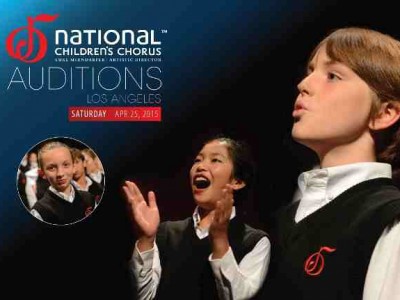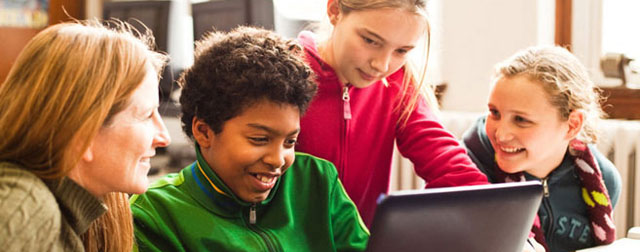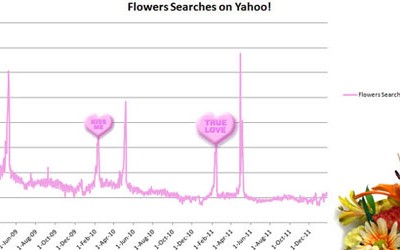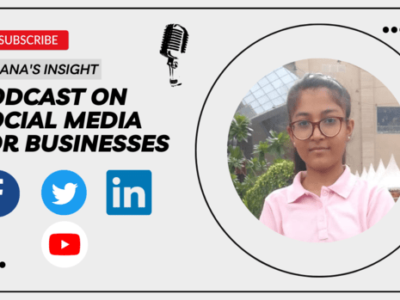
How Educators Use Technology in the Classroom
During an award ceremony at the Smithsonian American Art Museum, National Portrait Gallery, Microsoft Corp. announced the winners of the 2011 Global Forum Educator Awards.
This year’s winners were selected from more than 115 projects, narrowed from more than 200,000 applicants, who competed at national and regional events over the course of the year to qualify for the worldwide competition at the 2011 Partners in Learning Global Forum.
“Education is critical to the social and economic development of every nation and to the ability of individuals everywhere to reach their full potential,” said Anthony Salcito, vice president, Worldwide Education for Microsoft. “We are honored to recognize these amazing professionals for the work they do every day to enrich the educational experiences of children around the world.”
[ Also Read: Knowledge Stories for Children Books ]On Thursday, Nov. 10, 18 awards were presented to educators and their projects in six categories. The top three finalists in each category were recognized and received an Intel-powered classmate PC for their classroom. Intel Corporation has a strong commitment to education and donated all the computers.
Extending Learning Beyond the Classroom
Winner: Chris Clay (New Zealand): “Linking Educational Accomplishments to Real-World Needs”: Created an online community that connects more than 140 teachers and students across New Zealand to tackle real-world biological challenges. Utilizing technology, students develop collaboration, critical-thinking, problem-solving, communication and digital literacy skills, as well as a love for learning.
First Runner-Up: Doreen McHale (Ireland): “Birds of Bray”: Designed to develop students’ nonfiction report writing skills within the context of a collaborative, local bird study. Students created a blog to collaborate with others on shared research and report writing projects, and to share their findings with others around the world.
Second Runner-Up: Tessa Van Zadelhoff (Netherlands): “A Travel Agency in our Classroom”: Via Twitter and a blog, students provided travel advice to a network of “customers.” By calculating costs via Microsoft Excel, creating digital tourist guides, videos, digital storybooks and translation guides, the students learned about European geography.
Collaboration
Winner: Doug Bergman, Johnny Kissko, Louis Zulli, Donna Thomas and Margaret Noble (United States): “When Fish Fly”: Integrating computer science, fine arts, business and economics, student design teams developed a dynamic motion-based game simulation for Kinect for Xbox 360 that replicates the sights, sounds, history and “sense of place” of Pike Place Fish Co. in Seattle, Wash.
First Runner-Up: Rui Silva (Portugal): “Eco-Partnerships”: Designed to improve students’ information communication technology skills while focused on environmental education, the project involves students interacting with other students in schools and organizations around the world via Facebook, Windows Live and other technology to share knowledge, experiences and works.
Second Runner-Up: Zhao Yi (China): “Jack Magic Vegetables Company”: To combat the scarcity of vegetables in China due to pesticides and limited outdoor space, students researched and developed a soilless culture technique, and applied real-world business applications by setting up an online store for people in the community to buy the soilless devices.
Knowledge Building and Critical Thinking
Winner: Margaret Noble and David Stahnke (United States): “Illuminated Mathematics”: Using technology and creativity, students researched math theories and then produced self-selected digital art projects, which examined mathematics through the lenses of art, history and science. This inspired students to dig deeper, find real-world applications and develop their own perspective and understanding of how mathematics impacts their world.
First Runner-Up: Athena Hain-Saunders (Australia): “Real Science Beyond the Classroom”: Using their outside environment as a working laboratory, students conduct research and scientific monitoring and experimentation at a local wetland. This project lets students be hands-on learners, working with professional scientists to learn about biology, and collect meaningful data to support critical university research.
Second Runner-Up: Kara Barker and Roger Lister (Sweden): “Forensic Science”: Increases enthusiasm for natural science and math by incorporating forensics to help solve crimes. Weekly labs where students experiment in a variety of areas such as DNA, anthropology, and hair and fiber evidences are applied using various tools such as Windows Movie Maker, podcasts, OneNote and SharePoint.
Innovation in Challenging Contexts
Winner: Sandra Caldas Saragoca (Brazil): “Education Beyond Walls”: Focuses on educating and mentoring girls aged 12 to 21, who are currently in prison. Through this project, students learn valuable interpersonal, social and academic skills, and then use technology tools like Windows Movie Maker to engage and share lessons with students in local schools.
First Runner-Up: Gareth Ritter (United Kingdom): “Interactive Resources Made by Pupils for Pupils”: Engaging students’ natural interest in music and technology to encourage a creative and student-directed learning environment. Through this project, students researched music recording production and created video tutorials to support the learning of others. Students learned new music and business skills, while mentoring others, and recordings supported production of the school podcast station and a new album recorded in the school studio.
Second Runner-Up: Sangeet Shukramani (India): “One Earth … Our Earth — Together We Can Make A Difference”: Aimed at creating awareness and sensitizing students toward the 21st century’s most issue-environment conservation. Students learned about their immediate environment and collaborated with students and teachers around the world.
Cutting-Edge Use of Microsoft Technology for Learning
Winner: Louis Zulli Jr, (United States): “Center for Advanced Technologies News and Information Portal (CATNIP)”: Using a wide variety of technology programs, students collaboratively developed and managed their school’s intranet, which integrates campus communication, curriculum planning and facilities management into one site.
First Runner-Up: Steven Ronsijn (Belgium): “genY”: This project put students in control of their own learning, using technology tools including live@edu, video and Microsoft Tag to create interactive lessons for younger students. Through this project, students became teachers and the teacher became the student in learning new technology skills.
Second Runner-Up: Zainuddin Zakaria (Malaysia): “Kodu in Classrooms Around the World”: Students create games using Microsoft Kodu Game Lab that teach environmental lessons. Students learn cooperation, logic and creativity in addition to programming, and share the games with students around the world.
Educators’ Choice
Best Practice: Carlos Antonio Carlo (El Salvador): “I Want to Make Movies”: Designed to create significant learning opportunities where students are protagonists of their own learning. Through this effort, students used Windows Movie Maker and Windows Media Player.
First Runner-Up: Marina Vasileva (Macedonia): “Grandma’s Games”: Encourages students from kindergarten to college to survey family members and preserve traditional games and culture through information communications technology. Students created videos and lesson plans for the games, and one student created a Kinect for Xbox 360 game based off a family tradition.
Second Runner-Up: Wen-Ching Yang and I-Fa Su (Taiwan): “Travel the World Together from the Bazhang River”: From observations of the characteristics and behavior of Black-winged Stilt, students explore and learn about the annual migration of birds through project-based learning.
Participants were judged by an international panel of 50 education experts on a number of criteria. Through virtual classroom tours and onsite interviews by judges, these teachers demonstrated innovative teaching practice, giving their students critical 21st-century skills, such as collaboration, critical thinking and social responsibility, by leveraging effective and engaging technology resources.
The 2012 Partners in Learning Global Forum will be in Athens, Greece, the first time the event will be held in the Central Europe region.
Country and regional competitions for next year’s awards will take place beginning this month. Interested teachers should contact their local Microsoft office for more information or look online at http://www.microsoft.com/education/pil/partnersInLearning.aspx.
Partners in Learning is a 10-year, nearly $500 million commitment by Microsoft to help education systems around the world. Since its inception in 2003, the Partners in Learning program has reached more than 196 million teachers and students in 114 countries.
Supporting the program is the online Partners in Learning Network, one of the world’s largest global professional networks for educators, connecting millions of teachers and school leaders around the world in a community of professional development.
Photo courtesy: Microsoft





This article is entitled, “How Educators help children use technology in the classroom” but very few examples include that–?
Is research a good example of the use of technology? Is programming our only viable integration of tech in the classroom?